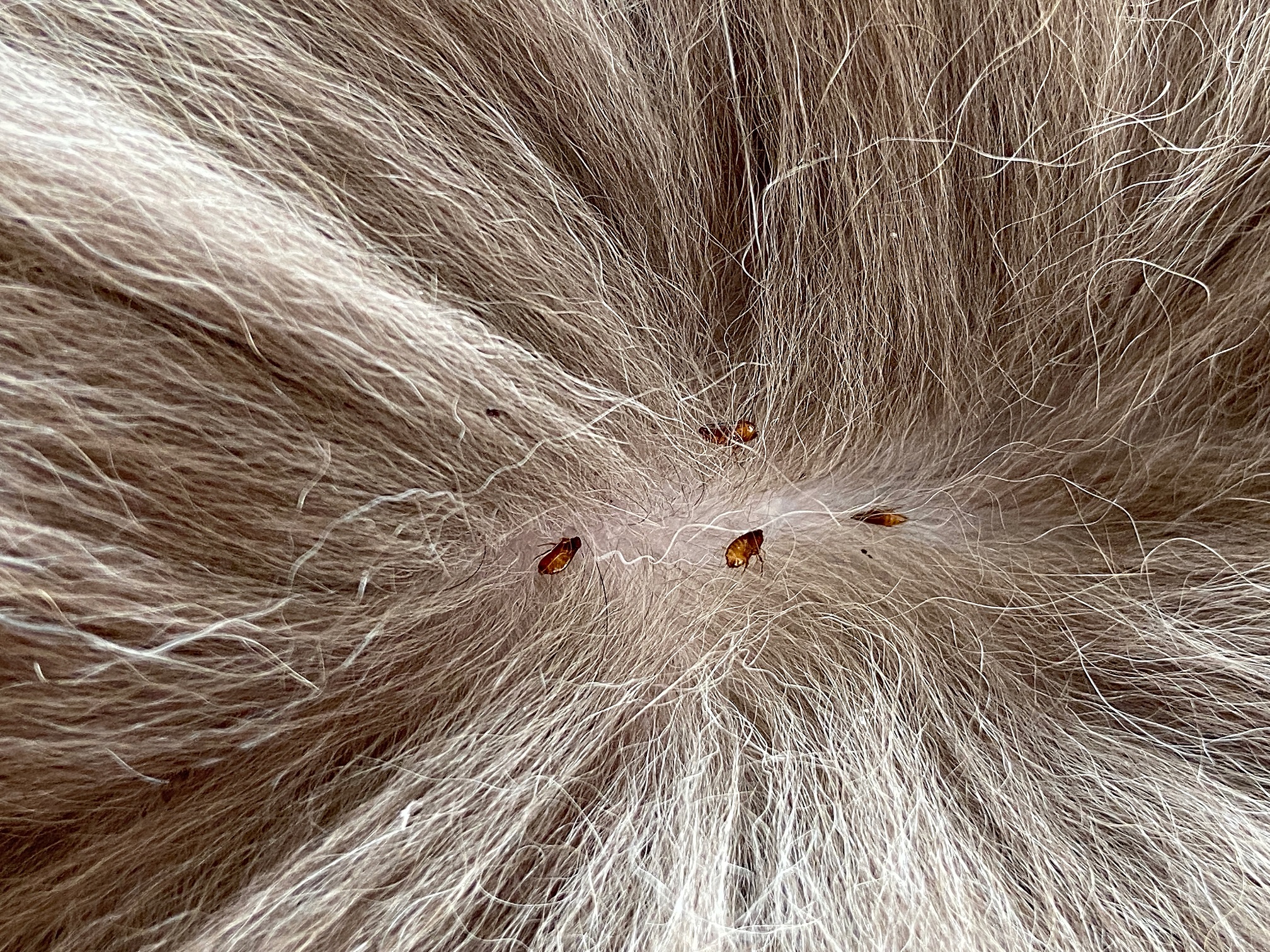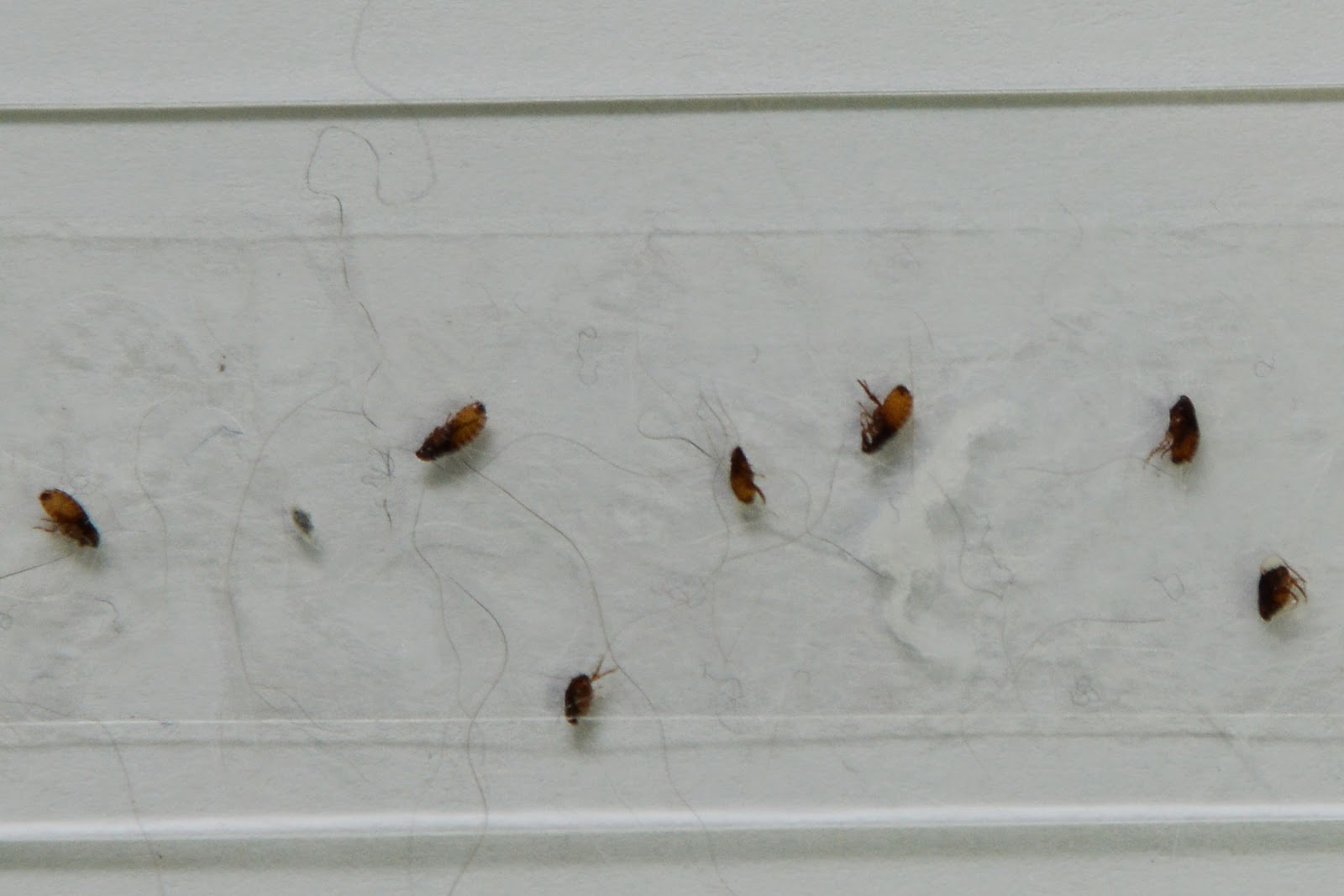Understanding Small Fleas in Bathrooms
Fleas are tiny, wingless insects that can be a nuisance in any home, but they can be particularly troublesome in bathrooms. These insects are known for their ability to jump incredible distances, making them difficult to catch and control.
Characteristics of Fleas in Bathrooms
Fleas are small, wingless insects that can be difficult to see with the naked eye. They have a flattened, oval-shaped body and a hard, chitinous exoskeleton. Fleas are typically brown or black in color, and they have long, powerful hind legs that allow them to jump great distances. Fleas are parasites that feed on the blood of their hosts, which can include humans, pets, and other animals.
Life Cycle of Fleas in Bathrooms
The flea life cycle consists of four stages: egg, larva, pupa, and adult. Fleas lay their eggs in warm, humid environments, such as bathrooms. The eggs hatch into larvae, which feed on organic debris and blood. The larvae then spin cocoons and pupate, and emerge as adults. The entire life cycle can be completed in as little as two weeks, depending on the environmental conditions.
Health Risks Associated with Flea Infestations in Bathrooms
Flea infestations in bathrooms can pose a number of health risks. Fleas can bite humans, causing itchy, red welts that can become infected. Fleas can also transmit diseases, such as plague, typhus, and tapeworms. Additionally, fleas can cause allergic reactions in some people.
Identifying the Source of the Infestation

Locating the source of a flea infestation in your bathroom is crucial for effective control. It helps you understand the root cause and take targeted steps to eliminate the fleas and prevent future infestations. By systematically inspecting your bathroom and identifying potential entry points, you can pinpoint the origin of the fleas and address the issue effectively.
Inspecting Your Bathroom for Signs of Flea Infestation
A thorough inspection of your bathroom is the first step in identifying the source of a flea infestation. Pay attention to the following areas:
- Floors and carpets: Look for signs of flea droppings, which are tiny black specks that resemble pepper. You can also use a magnifying glass to see if you can spot adult fleas or flea eggs.
- Walls and baseboards: Inspect these areas for any signs of flea activity, such as small black specks or flea eggs. Fleas can often be found in cracks and crevices along baseboards.
- Under furniture and appliances: Check under furniture, appliances, and bathroom fixtures for signs of flea activity. Fleas often seek shelter in dark, secluded areas.
- Drains and pipes: Fleas can enter a bathroom through drains and pipes, so check for signs of flea activity around these areas.
- Window and door frames: Inspect window and door frames for any gaps or cracks that fleas could use to enter the bathroom.
Common Entry Points for Fleas into a Bathroom
Fleas can enter a bathroom through a variety of entry points. Here are some common ones:
- Doors and windows: Fleas can easily enter a bathroom through open doors and windows, especially if there are gaps or cracks around the frames.
- Drains and pipes: Fleas can travel through drains and pipes, potentially entering the bathroom from other areas of the house or from the outside.
- Pets: Pets can bring fleas into the bathroom, even if they are treated regularly. Fleas can also jump from pets to humans.
- Wildlife: Wild animals such as rats, mice, or birds can carry fleas and may enter a bathroom through cracks or gaps in the walls or foundation.
Potential Sources of Fleas in a Bathroom
The source of a flea infestation in a bathroom can vary. Here are some common possibilities:
- Pets: Pets are the most common source of fleas in homes. Fleas can easily jump from pets to humans and other areas of the house, including the bathroom.
- Wildlife: Wild animals, such as rats, mice, or birds, can bring fleas into a bathroom. These animals may enter through cracks or gaps in the walls or foundation, or through open doors and windows.
- Neighboring properties: Fleas can easily travel from neighboring properties, especially if they are infested with fleas. Fleas can jump long distances and can be carried by wind.
- Previous infestations: If a bathroom has been previously infested with fleas, there may still be flea eggs or larvae present, even if the infestation has been treated.
Effective Flea Control Strategies: Small Fleas In Bathroom

Small fleas in bathroom – Facing a flea infestation in your bathroom can be unsettling. However, with a proactive approach and the right tools, you can regain control and create a flea-free environment. This section Artikels a comprehensive plan to eliminate fleas and prevent future infestations, drawing upon practical strategies and recommended products.
Comprehensive Flea Control Plan
A comprehensive flea control plan involves a multi-pronged approach to eliminate existing fleas and prevent future infestations. This strategy combines thorough cleaning, effective treatment, and preventative measures. Here’s a step-by-step guide:
- Thorough Cleaning: Vacuuming, mopping, and disinfecting surfaces are crucial to remove flea eggs, larvae, and adult fleas. Pay special attention to areas where fleas are likely to hide, such as under furniture, carpets, and behind baseboards.
- Treat the Bathroom: Apply a suitable flea control product to your bathroom, targeting areas where fleas are most prevalent. Choose a product designed for indoor use and follow the manufacturer’s instructions carefully.
- Treat Pets: If you have pets, ensure they are treated for fleas with a veterinarian-approved product. This step is crucial to prevent reinfestation from your pets.
- Preventative Measures: Implementing preventative measures is vital to avoid future infestations. This includes regular vacuuming, washing bedding, and keeping your bathroom clean and dry.
Recommended Flea Control Products for Bathrooms
Several effective flea control products are available for bathrooms. Choosing the right product depends on the severity of the infestation and your personal preferences. Here are some commonly recommended options:
- Flea Sprays: Flea sprays are a quick and effective way to eliminate fleas. Apply the spray to carpets, furniture, and other areas where fleas are likely to be present. Always follow the manufacturer’s instructions carefully, ensuring adequate ventilation and avoiding contact with pets and children.
- Flea Bombs: Flea bombs are designed to release a concentrated insecticide into the air, killing fleas and their eggs. However, they should be used with caution, as they can be harmful to pets and humans. It’s essential to follow the instructions carefully and evacuate the bathroom for the recommended time.
- Flea Foggers: Similar to flea bombs, foggers release a fine mist of insecticide that reaches difficult-to-access areas. They are effective for treating large infestations but require careful application and ventilation.
- Flea Dusts: Flea dusts are powders that are applied to carpets and other surfaces. They kill fleas and eggs on contact. Dusts are typically more effective for treating severe infestations and require thorough application.
- Diatomaceous Earth: Diatomaceous earth is a natural insecticide made from fossilized algae. It works by dehydrating fleas and other insects. It’s a safe and effective option for those seeking a natural approach to flea control.
Importance of Preventative Measures, Small fleas in bathroom
Preventing future flea infestations is essential to maintain a comfortable and pest-free environment. Regular cleaning, proper hygiene, and preventative measures can significantly reduce the risk of fleas returning. Here are some key preventative steps:
- Regular Vacuuming: Vacuuming carpets, rugs, and floors regularly helps remove flea eggs, larvae, and adult fleas. Empty the vacuum bag or canister outside to prevent fleas from escaping.
- Wash Bedding: Wash bedding, including towels and bath mats, in hot water regularly to kill any fleas or eggs that may be present.
- Keep Bathroom Clean and Dry: Fleas thrive in damp environments. Ensure your bathroom is well-ventilated and dry to discourage flea breeding.
- Treat Pets Regularly: Treat your pets for fleas with a veterinarian-approved product as directed. This prevents them from bringing fleas into your home.
- Seal Cracks and Gaps: Seal any cracks or gaps in walls and floors to prevent fleas from entering your bathroom.
